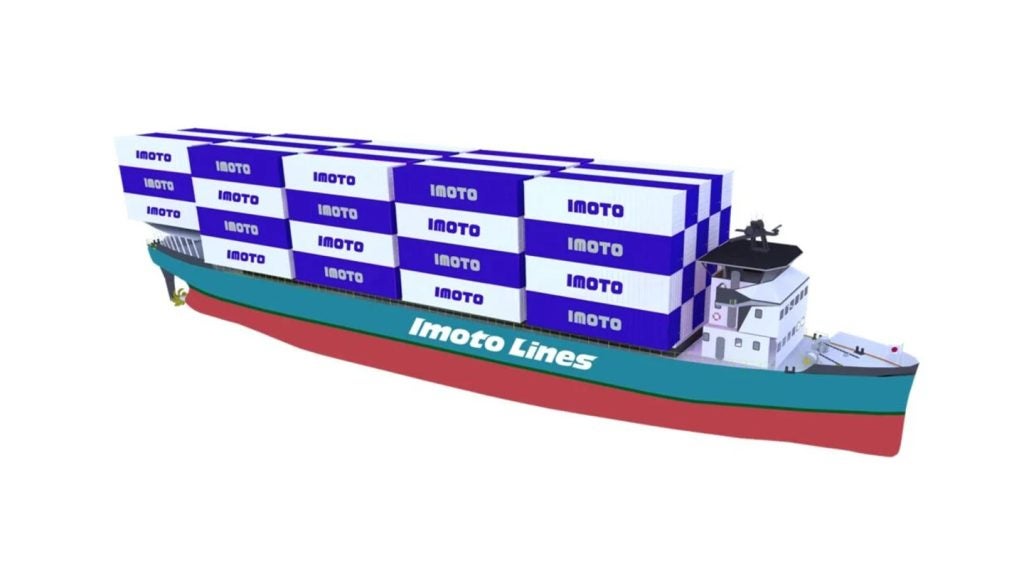
The north-eastern Australian state of Queensland, known as the second largest and third most populous state on the continent, is a powerful economic force with an opening to both the Coral Sea and the Pacific Ocean.
A state-wide transformation taking place over the next decade aims to develop rail and port connections in preparation for forecasted coal exports of 312 million tonnes (mt) by 2023.
The programme, also known as Queensland’s Sustainable Port Development, targets the Port of Gladstone, Abbot Point, Townsville and Hay Point/Mackay as the four priority ports earmarked for expansion.
The four ports are all positioned along the 2600km Great Barrier Reef coastline, the world’s largest living structure and an UNESCO Heritage site, home to 2,900 individual reefs and 1,500 different species of fish.
In 2013-14, the priority ports represented trade worth $32bn, or 77% of the total throughput of all Queensland’s ports. Their redevelopment falls within a wider state programme looking to invest approximately $33.7bn in transport infrastructure over the next ten years.
Port of Abbot Point
Possibly the biggest and the most controversial expansion is taking place at Abbot Point, the most northerly deepwater coal port of Australia, situated approximately 20km from the coral reef.
How well do you really know your competitors?
Access the most comprehensive Company Profiles on the market, powered by GlobalData. Save hours of research. Gain competitive edge.

Thank you!
Your download email will arrive shortly
Not ready to buy yet? Download a free sample
We are confident about the unique quality of our Company Profiles. However, we want you to make the most beneficial decision for your business, so we offer a free sample that you can download by submitting the below form
By GlobalDataIn December 2015, Australia’s Environment Minister Greg Hunt gave the green light to an expansion project expected to turn Abbot Point into one of the world’s biggest coal ports.
A key development for a proposed $16bn Carmichael coalmine, the Abbot Point Growth Gateway Project involves dredging 1.1m cubic metres of soil, which will take place between 19km and 30km away from the nearest coral communities.
This will open up space for the new T0 terminal, primed to handle 30mt capacity at an initial stage, and ultimately reaching 60mt. The terminal is expected to increase the port’s total capacity from 50 to 120mt per year.
Owner and operator of both the port and the Carmichael coal mine Adani Group anticipates that expansion works will bring 10,000 direct and indirect jobs as well $16.7bn in taxes and royalties to Queensland.
Port of Gladstone
Due to recently completed extension works, the Port of Gladstone currently represents Queensland’s largest multi-commodity port and the fifth largest multi-commodity port in Australia. A major exporter of aluminium, cement products, liquid ammonia and others, its main commodity is undoubtedly coal, making up 70% of the total exports from the port.
Two main expansion projects are currently being planned at Gladstone.
The Channel Duplication Project aims to increase port throughput by duplicating the existing Gatcombe and Golding Cutting channels, followed by other potential shipping channels in the region.
According to Gladstone Ports Corporation’s website, forecasts over the next five years do not yet make this project a necessity, but an early environment impact statement is currently being drafted for mid-2016.
A more immediate change will take place at Clinton Bypass Channel, where the deepening of the channel is needed to allow the passage of cape size vessels. The works will include the widening and deepening of the channel from 13 to 16m, digging up 2m cubic metres of dredged material in the process.
Gladstone Ports anticipates that the project will take between 18 and 24 months to complete, with dredging to begin in early 2017, depending on approval status.
Port of Townsville
A smaller but vital port for North Queensland, Townsville has its eyes set on becoming Australia’s primary live cattle export port. Thanks to a new $220m access road, the port increased its trade by 3,000% year on year and is now handling 10mt of cargo worth $8bn.
Townsville is a promising contender for a burgeoning consumer market: serving growing demand from Asia Pacific, which accounts for 74% of its total import-export business, products take eight days to reach China by sea, followed by just four days sailing to Indonesia.
A proposed upgrade to Townsville’s Berth 4 aims to double its capacity and allow a 20% increase on the port’s current total capacity.
The $55m project was awarded to Townsville company CivilPlus Constructions in February 2016, with mobilisation and construction shortly following up in March. The upgraded berth is expected to be fully operational in late 2017.
Port of Hay Point/Mackay
Situated about 30km north of Mackay, the port of Hay Point is comprised of two separate coal export terminals, Dalrymple Bay Coal Terminal (DBCT) and Hay Point Coal Terminal (HPCT), connected by an integrated rail network.
The port has thrived off of central Queensland’s coal production, with DBCT handling 85mt per year, while HPCT is currently expanding its capacity from 44mt to 55mt per year.
In addition to the expansion works, two more terminals are being planned at Dungeon Point, approximately 5km north of Hay Point. While their delivery relies on future demand and changes in coal prices, an environmental assessment has already been initiated by North Queensland Bulk Ports Corporation, with master planning expected to follow sometime in 2017.







